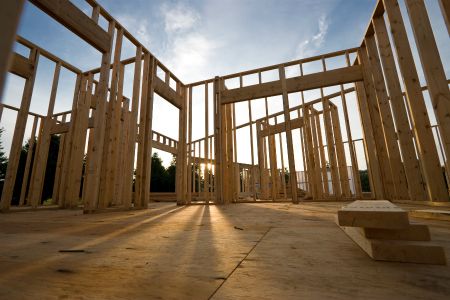Promising Changes to Native American Housing Law Will Help Families Purchase Homes and Tribes Plan for the Future
The Native American Housing Assistance and Self Determination Act (NAHASDA) is THE law that funds housing for Native American people through block grants, special loan programs, and other funding sources. It had not been re-authorized since 2013. Last Thursday, July it was re-authorized with a bipartisan vote of 86 to 11—a significant renewal on its own terms, and a double celebration because of the level of bipartisan support.
The activities NAHASDA covers are vital to address the chronic shortage of safe, secure, stable, and healthy housing on Indian lands. At last count, nearly 16% of Native households were overcrowded, compared to 2.2% nationally. Native families are almost 5x more likely to live in poor housing conditions including lacking basic plumbing or with heating issues (Nation Low Income Housing Coalition).
NAHASDA releases millions of dollars in funds for tribal housing activities, but more importantly, over time tribes have been able to use the money in increasingly flexible and creative ways. Tribes are solving the housing crisis, on their terms.
This newly re-authorized version of NAHASDA has many significant changes, but two are especially noteworthy. First, provision (E) in section 4135 was added to require that in a lease-to-own program, only the family that currently occupies the leased property may purchase the leased property. This addition ensures that a family that has been diligently making payments gets the benefit of those years of consistent compliance with the lease-to-own contract.
A second change is that the leasehold interest requirement has been increased from 50 years to 99 years. This provides longer timelines for future planning, including project development and funding stability. A ninety-nine year lease is also the longest possible length for typical real estate leases, bringing real estate activities on reservation more in line with those that happen off reservation. This is one way tribes may have more control over their trust property activities.
Housing on tribal lands is an issue that will take many minds to solve. Look at your community and think about what housing means to you—and what answers do you need to get there. We would be excited to help.


